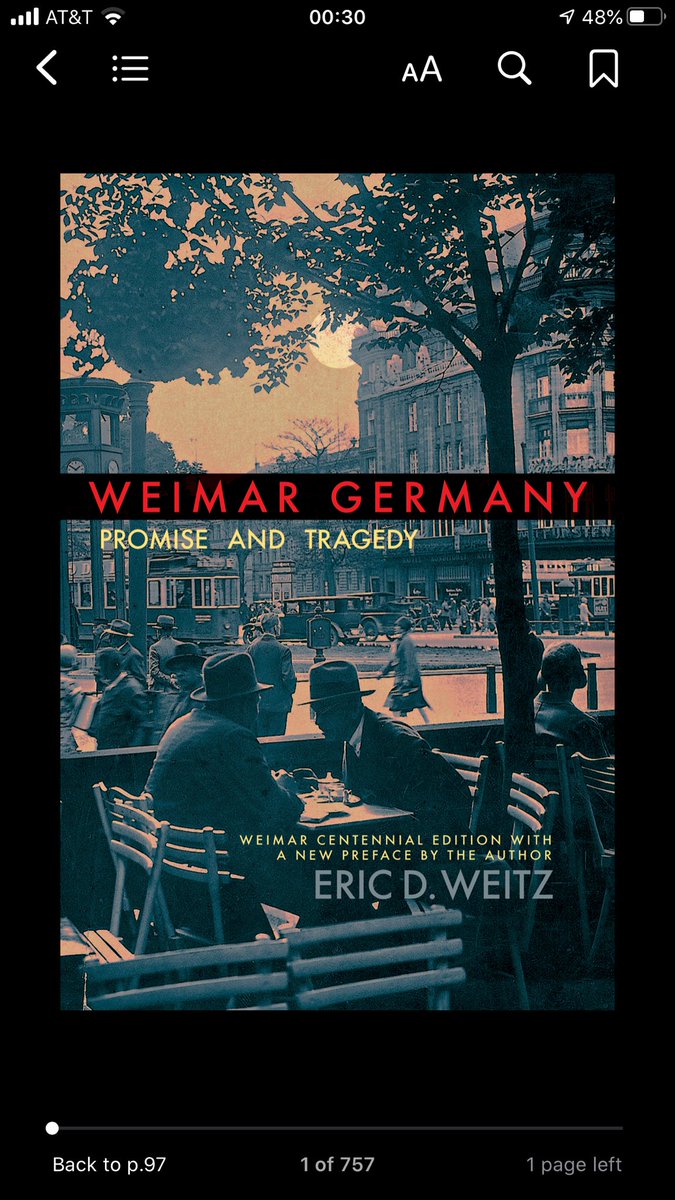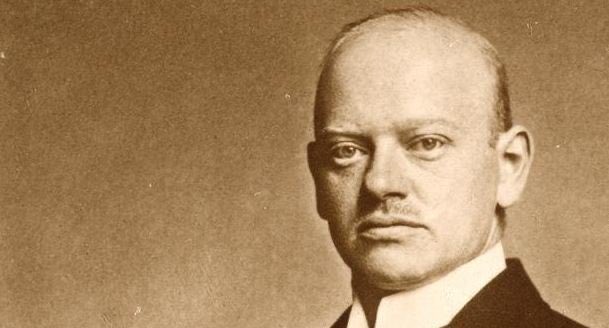Reading this now. See how it goes
“Excellent and splendidly illustrated. . . . [A] superb introduction. . . . probably the best available." --Eric Hobsbawm

“The war not only exhausted us. It also tremendously exhausted our opponents. And from this feeling of exhaustion comes their efforts to recover their losses from the German people”
By the day, sight, taste and smell of traffic congestion, smog, polluted rivers and canals, crowds jostling in the streets, train platforms and subway cars, the cool breeze and clean water of the Wannsee,
the men, with their ancient beards and sidelocks, walk in groups.
In their eyes I saw millennial sorrow"
A pieceworker receives a fixed rate for each unit (“piece”) produced or action performed. In part, the rate reflects a cost of monitoring output. A timeworker receives a fixed wage rate per hour that, in the short term, does not vary with output performance.
“I am spiritually broken and sometimes entertain thoughts of suicide. Moreover, I have lost confidence in all men. Thirty-eight years old, divorced, four children”
“Ill-conceived and inferior architecture, combined with other factors, can promote stress, encourage exhaustion, induce psychosomatic symptoms and even promote physical discomfort”
Mother: ‘You’re crazy, music can’t be so loud.’
Father: No, the music is cut up and turned into waves and comes through the air to us 😀










































































